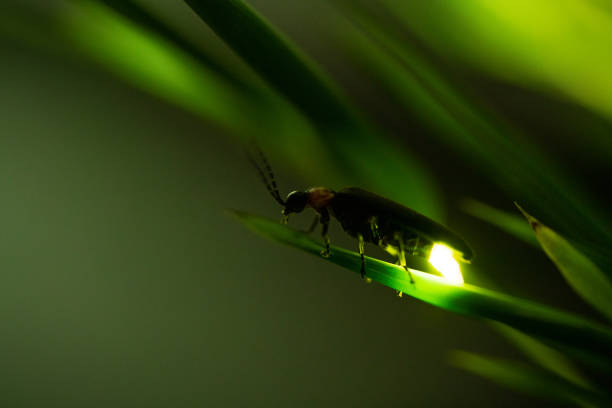Decoding the Mysterious Lives of Fireflies: A Fascinating Journey into their World
The nocturnal magic of fireflies has fascinated humans for centuries. These tiny creatures, with their ethereal glow, are the stuff of fairy tales and midsummer night's dreams. But beyond their enchanting appearance, fireflies hold a myriad of secrets awaiting discovery. This article delves into the captivating world of fireflies, tracing their history, recent developments, and intriguing life cycle.

Fireflies: A Glimpse into their Past
Contrary to popular belief, fireflies are not flies at all. They are a type of beetle, belonging to the family Lampyridae. The term ‘firefly’ stems from their unique ability to produce light - a process known as bioluminescence. This fascinating trait can be traced back to prehistoric times, with the oldest known firefly fossil dating back 100 million years!
Over the centuries, fireflies have been a subject of myriad myths and folklore. In ancient cultures, their glow was believed to be the souls of the departed or celestial beings guiding humans through the darkness. Today, we understand that this glow is a form of communication primarily used for mating purposes.
Fireflies Today: An Illuminating Update
Sadly, firefly populations are facing a rapid decline worldwide. Habitat loss, light pollution, and pesticide use are among the key factors contributing to their dwindling numbers. Recognizing the urgency of the situation, several conservation efforts are underway to protect these luminescent beetles.
In 2018, citizens of Thailand’s Nan Province initiated a campaign to turn off lights for an hour every night during the firefly mating season. This simple yet effective initiative has since been replicated in various parts of the world.
The Economy of Glow: The Firefly Tourism Industry
The enchanting spectacle of fireflies has given rise to a thriving tourism industry. In parts of Asia and the United States, firefly viewing is a popular summertime activity, attracting thousands of tourists each year. The Great Smoky Mountains National Park in the U.S., famous for its synchronous fireflies, garnered an estimated $25 million in 2019 from firefly tourism alone!
However, the economic benefits of this industry must be balanced against the potential harm to the fireflies. Excessive tourism can lead to habitat disruption and increased light pollution, posing a threat to these delicate creatures.
Fireflies: Fact Check
While fireflies are best known for their glow, they possess other remarkable traits. For instance, firefly larvae are known to be carnivorous, preying on slugs, snails, and worms. Additionally, some fireflies are diurnal and do not produce light.
The Future of Fireflies: A Delicate Balance
Despite the challenges, there is hope for the future of fireflies. Through concerted conservation efforts, responsible tourism, and public education, we can ensure these enchanting creatures continue to illuminate our nights for generations to come.
In conclusion, fireflies are far more than just pretty lights in the night sky. They are fascinating creatures with a rich history and a crucial role in our ecosystems. Their conservation is not just about preserving their beauty but also about maintaining the delicate balance of nature.




